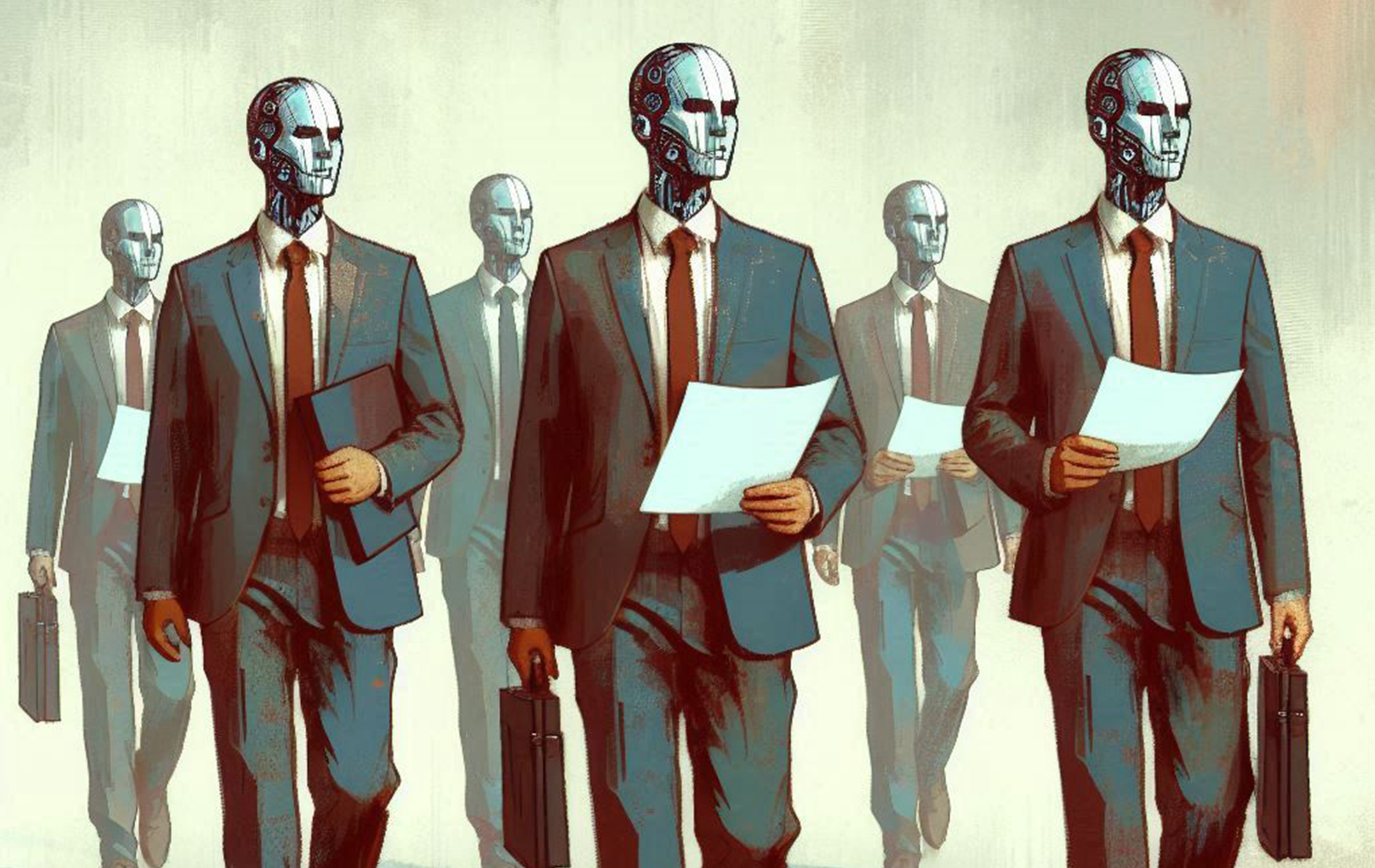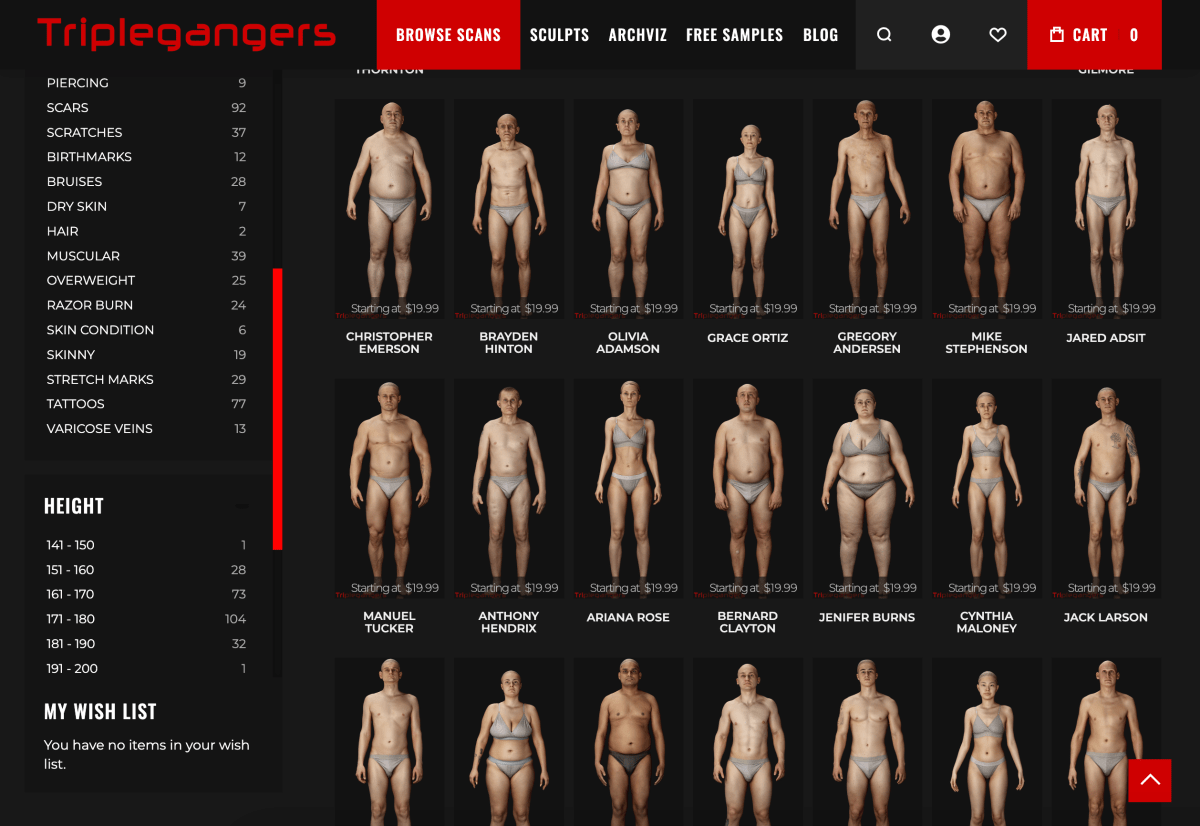
Salesforce Inc. Tuesday plans to introduce Agentforce 2.0, an improved version of its flagship AI product for enterprises with significantly improved features merely two months after it released the original.
Agentforce provides companies the ability to build and customize generative artificial intelligence agents, which augment the work of employees autonomously without the need for human supervision. With the platform, employees across sales, service, marketing and commerce can customize AI “workers” to take action on their behalf using business logic and prebuilt automations.
Marc Benioff, founder and chief executive of Salesforce, called this the “agent revolution” during the initial launch of Agentforce. He said this technology would redefine digital labor for enterprise workers.
The platform launched with an initial set of out-of-the-box capabilities for agents called “skills.” Each skill provides an agent a template that allows them to do something such as responding to customer inquiries, such as a customer service agent, or managing marketing campaigns, in the case of a campaign agent.
With Agentforce 2.0, agents will be able to mix multiple skill templates. For example, a service agent can handle service calls and marketing capabilities, which means it could generate a marketing profile for a customer after a service call. That would allow it to produce marketing analytics for marketing employees.
“We’ve got thousands of partners building their skills,” Adam Evans, Salesforce’s executive vice president of Salesforce AI, told SiliconANGLE in an interview. “There’s a really wide gamut of the jobs that they can do when you start mixing these different skills.”
To support this new remixing capability, Evans said, Salesforce has greatly expanded the library of prebuilt skills available to agents. These jobs that agents can perform are accessible via the Salesforce AppExchange and span customer relationship management, Slack, Tableau and external partners.
In particular, Evans said, Salesforce is integrating Slack more tightly into agent workflows because that’s where users often interact and converse. Using Slack skills, agents can engage in conversations, look up past topical information about subject matter and engage with users right where they work, like other employees using Slack Actions.
With Agentforce 2.0, Evans said users will have even greater capability to build smarter and more complex agents. However, with this power, they will find themselves moving into unknown territory, so Salesforce is giving them greater control over customization and testing.
“We’re building the tools to allow people to bring multiple skills together quickly,” said Evans. “We’re also building the tools to launch things into a testing center and more. So that you can say, here are the use cases I care about, test it.”
The Agent Builder, an English-language AI agent customization engine, now uses Agentforce to assist users when building agents. It will allow them to describe the type of agent they want and their goals in natural language will then recommend custom skill sets based on the conversation. This includes useful ways to design remixed skill sets between different partners to design agents that can cross departmental boundaries and make employees’ lives less complicated.
At the same time, Evans noted, AI agents are still in their infancy and there will be a balance between the ability to do many things at once and doing a few things extremely well. An agent overloaded with too many unnecessary skills at its disposal could end up choosing the wrong skill for purpose. That’s why Salesforce made the AI playground and testing center available so that every agent could be tried out and analyzed before being deployed.
All of this is built on a key reasoning engine called Atlas with the ability to think like a person. Evans said Salesforce has invested in making the Atlas reasoning engine more powerful and results from customers have borne this out.
“Results from our customers in field testing show it’s about twice as accurate than other techniques,” Evans said. He explained that most customers have found that compared wit using vector databases or other bring-your-own solutions, using the Atlas engine has produced a boost in accuracy in real-world scenarios.
Image: SiliconANGLE/Microsoft Designer
Your vote of support is important to us and it helps us keep the content FREE.
One click below supports our mission to provide free, deep, and relevant content.
Join our community on YouTube
Join the community that includes more than 15,000 #CubeAlumni experts, including Amazon.com CEO Andy Jassy, Dell Technologies founder and CEO Michael Dell, Intel CEO Pat Gelsinger, and many more luminaries and experts.
THANK YOU







Leave a Comment